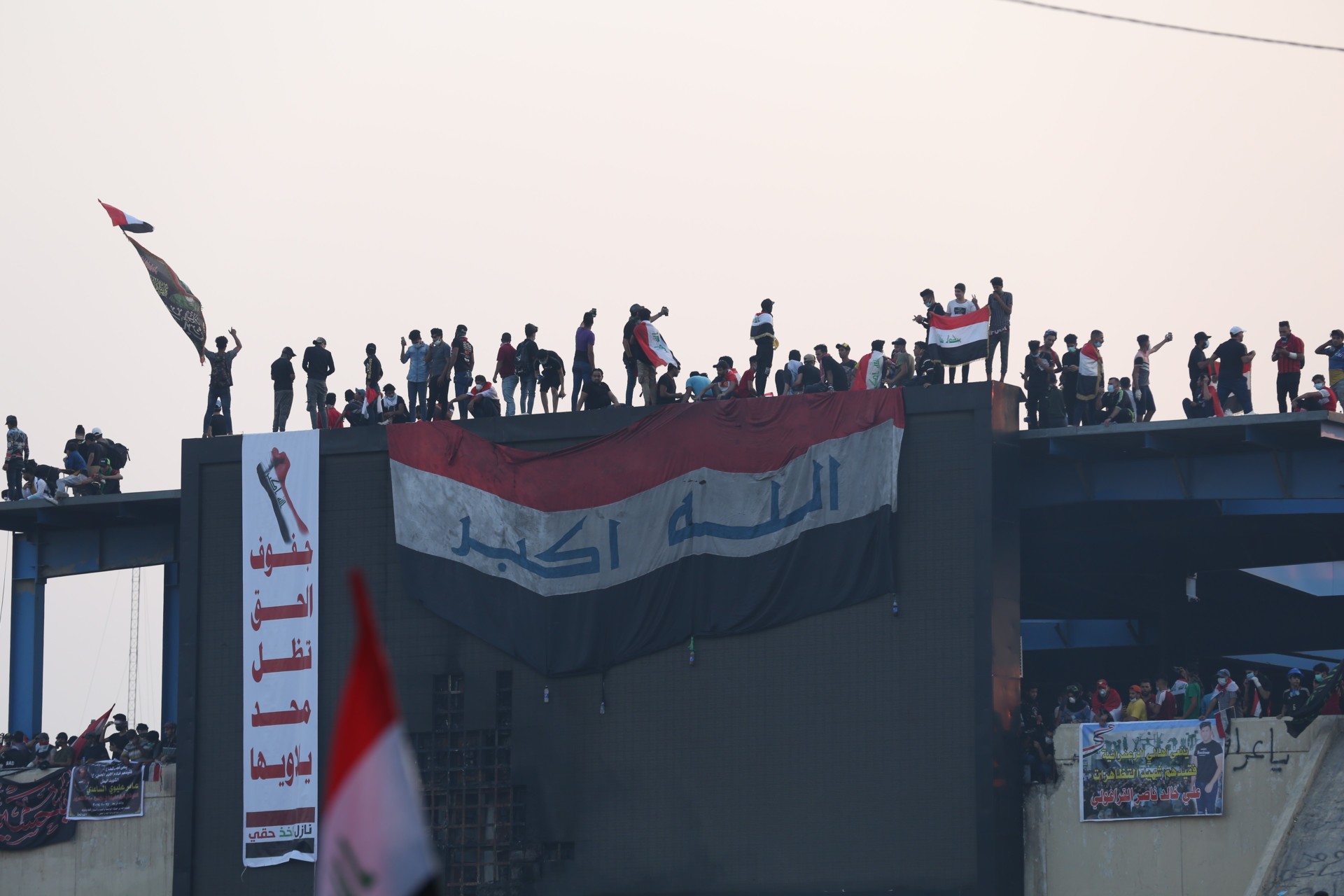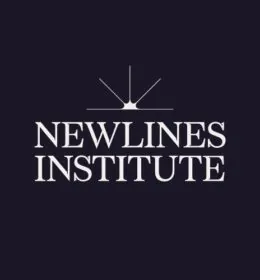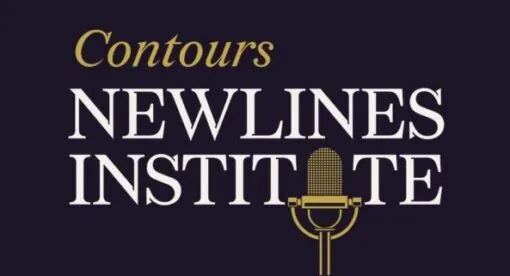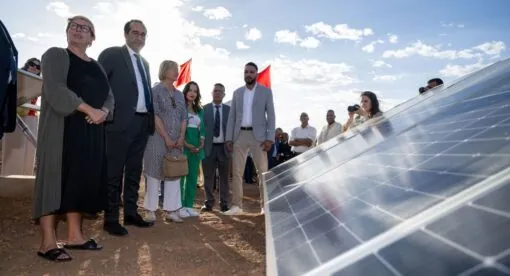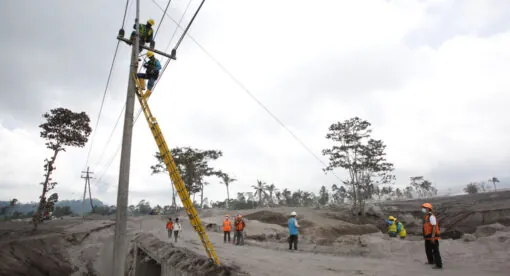The ongoing nationwide protests that erupted in Iraq on October 1 are causing an uproar in Baghdad and in the region. Several factors make these protests different from and more significant than others in a country that has been destroyed by a U.S. invasion, sectarian warfare, and an ISIS takeover of one-third of its territory only five years ago. These protests – which are likely to turn into a social movement – are a transformative moment for two main reasons. First, the young protesters, most of whom are 25 years old or younger and born in the post-Saddam era, are voicing grievances shared by many Iraqis.
They are complaining about high unemployment, government corruption, and a lack of basic services. Their demand for the downfall of the government and an end to a sectarian political system that has existed since the U.S. invasion in 2003 has gained momentum nationwide. There was already fertile ground for a public no-confidence vote in the current government; only an estimated 24 percent of Iraqis voted in the national election in May 2018. And even after the vote, the jockeying that occurred to appoint a president and prime minister created more apathy and anger toward the political system among Iraqis.
I made a trip to Baghdad shortly after that election, and Iraqis told me they believed the election was pointless because the political factions and elites, along with interference from other countries, were choosing the government, specifically the prime minister and president and key Cabinet members. They believed the voting itself was not relevant to the formation of the government. When I returned to the country late last month, right before the protests began, there were signs that the grace period Iraqis had given the new government to impose sweeping reforms was ending.
The second reason this uprising matters is that unlike other protests in Baghdad, political leaders have turned to excessive force, including sniper fire, to end the protests. This is accelerating protesters’ confrontations with the police and security forces. According to Amnesty International, based upon interviews with activists in Baghdad, Najaf and Diwaniyah, the authorities have used lethal force. Amnesty has said that “witnesses from the capital also described what they believed to be sniper fire from October 3 to October 6.” The witnesses also reported armed men driving toward the protesters in an attempt to run them over. An estimated 200 people have died and more than 3,000 have been injured.
The Iranian Connection
There is suspicion that Iranian-backed militias called the Hashd al Shaabi, or Popular Mobilization Units, were behind the sniper fire. The militias maintain some degree of support among Iraqis because they played a key role in rolling back the advance of ISIS in the country after the fall of Mosul in 2014. Yet, since then, Iraqis are increasingly opposed to the approximately six Iranian-supported militias because they operate outside the control of the Iraqi Security Forces or the prime minister. A government investigation is underway to identify those behind the sniper attacks.
Hostility toward Iran’s deep political, economic and religious influence in Iraq has increased significantly in recent years, according to opinion polls and discussions with Iraqis during my visits there over the last two years. The protesters expressed this sentiment in October, tearing up photos of Iranian Supreme Leader Ayatollah Ali Khamenei, attacking the offices of political parties affiliated with Iran, and shouting anti-Iranian slogans, such as “Iran out, Iraq stays free.”
Even so, the hardliners in Iran are attempting to use the protests to their advantage. These hardliners, who include some Islamic Revolutionary Guards Corps (IRGC) commanders, political leaders, and Supreme Leader Ali Khamenei, consider Iraq a battleground for the U.S.-Iran geopolitical confrontation. They see the protests as another opportunity to destabilize Iraq and allow Iran to expand its influence. Hardline news agencies close to the IRGC first claimed the protests were part of a plot by Saudi Arabia and the United States. Then, they called on demonstrators to attack the U.S. embassy in Baghdad.
The State’s Response
The government and Grand Ayatollah Ali al-Sistani, who has arguably more credibility in Iraq than any other leader, have not responded in ways the demonstrators hoped they would. The demonstrators expected al-Sistani to issue a fatwa, a religious decree, declaring the shootings of demonstrators as haram (forbidden), and calling for the government to step down. At first, al-Sistani was more conciliatory than that. He warned on Oct. 3 that there would be “serious repercussions of the use of violence and counter-violence” and called for “avoiding it in all cases.”
But in an October 11 statement relayed via a Friday sermon by one of his representatives in the Shia holy city of Kerbala, al-Sistani was more forceful in his condemnation of the government and expressed his frustration. He described the bloodshed as “unprecedented” and placed the blame squarely on the government and the security forces. “The religious authority strongly condemns the shedding of innocent blood and grave attacks in its various forms, expresses its sympathy with the families of the martyrs and wounded, and affirms its solidarity with the legitimate demands of peaceful demonstrators,” he stated. He also demanded that an investigation begin immediately to determine the perpetrators of the sniper attacks.
Prime Minister Adil Abd al-Mahdi’s response received a negative reaction. During the early days of the protests, there were rumors that al-Mahdi might resign. When he spoke, he angered the protestors by saying there was “no magic solution” to their grievances even though he understood them. He proposed a reform package that was met with skepticism.
The package includes curbing youth unemployment and reducing the retirement age for government employees to give young Iraqis more access to these positions. But some of the reform proposals are unrealistic, given Iraq’s economic crisis. According to the World Bank, Iraq has one of the lowest labor force participation rates in the world (48.7 percent). The unemployment rate increased to 9.9 percent in 2017-2018. Youth unemployment is 26 percent; more than a fifth of economically active youth (15 to 24 years old) do not have a job.
The Risks Ahead
Despite something of a lull in the protests at the time of this writing, it is likely they will continue to gain momentum. Some have declared a readiness to continue the protests on a grand scale during the period of Arbaeen, when millions of Shiite pilgrims travel to the sacred Shiite shrines in Iraq. The Iraqi economy relies heavily on the pilgrims, who spend money and occupy otherwise vacant hotels. Most worrisome for the authorities is if the protests cease to be leaderless and organic.
Muqtada al-Sadr, the maverick Shiite leader whose group enjoys a wide support base among the underclass, has demanded for years that the government curb corruption and address unemployment. During the recent round of protests, he called for the government to step down. So far, he has not claimed to have inspired the protests. But the risk is there, if al-Sadr sees political gain, that he could assume leadership of the protests. And, in sharp contrast to the past, these are Shiite protesters opposing a Shia-led government. Unlike in the Saddam era, the young protesters believe the government needs to be accountable to their needs, especially because it is Shiite, not Sunni.
There is also little reason to believe the United States or the international community will come to the government’s rescue. The White House has paid scant attention to affairs in Iraq over the last three years, and the recent green light to Turkey to invade Kurdish-held parts of Syria is a glaring sign of Washington’s exit from the region.
Geneive Abdo is a prominent Middle East analyst and a specialist on Iraq, Iran and the geopolitics of the Shia-Sunni conflict. Abdo lectures at George Washington University’s Elliott School of International Affairs. She is also the author of four books, including The New Sectarianism: The Arab Uprisings and the Rebirth of the Shi’a-Sunni Divide. Follow her on Twitter at @AbdoGeneive.
The views expressed in this article are those of the author and not an official policy or position of the Newlines Institute.

